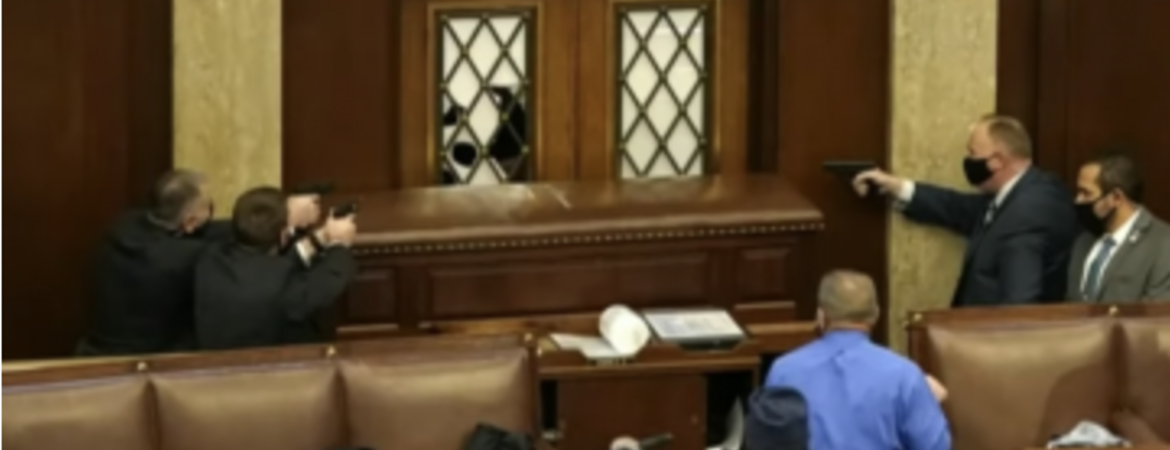Center for Social Innovation

The negative effects of Donald Trump’s four years of expressing his crabbed blood and soil vision of our nation through racially charged comments and nodding and winking at expressions of white supremacism, coupled with his using the bully pulpit of the presidency to repeatedly and falsely assert that the election was stolen from him, unfortunately, are still very much with us.
Similarly, the 150% increase in hate crimes against Asian Americans in 2020, documented by the Center for the Study of Hate and Extremism, was driven at least in part by President Trump’s labeling COVID-19 as the ‘China virus’ or the ‘Kung-flu.’ “What Trump did is that he weaponized it in a way,” Professor Karthick Ramakrishnan, Professor of Public Policy at University of California, Riverside said. “Trump's rhetoric helps set a certain narrative in place — and presidents have an outsized role in terms of shaping the narrative. They don't call it a bully pulpit for nothing, and especially Trump, the way he frequently used Twitter as well as press conferences and off-the-cuff remarks to campaign rallies to frame the narrative in a particular way, it likely played a role.” A recent report by the Anti-Defamation League noted a spike in bigoted comments about Asians in the immediate aftermath of remarks by the former president that included his racially incendiary labels for COVID-19.